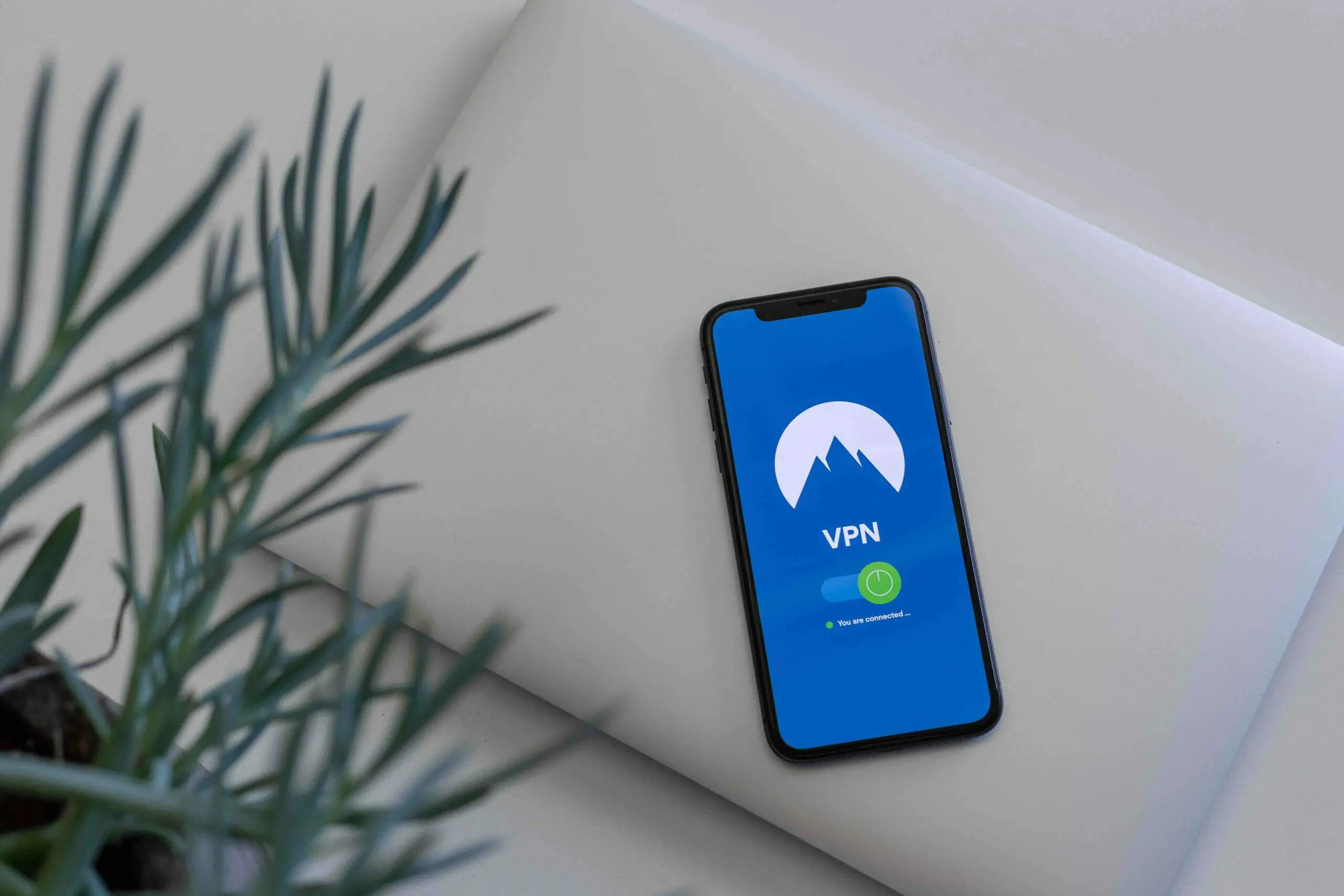“Mobile Virtual Network Operators” can confuse many when they stumble upon the term or are trying to figure out what that means when looking at their provider. Let me try to break it down for you.
MVNOs lease network space from major carriers such as AT&T and Verizon.
By not owning infrastructure, they provide cost-effective, contract-free cell plans.
They stand out for flexibility, competitive prices, and special services like budget plans and niche options. When selecting, prioritize coverage, data speeds, and customer feedback.
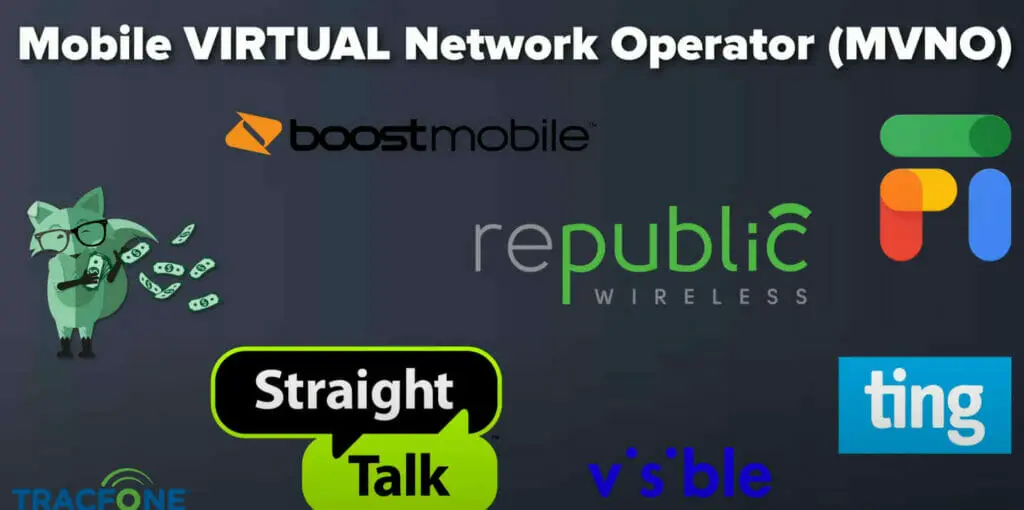
Let’s go into detail below.
Characteristics of MVNO
MVNOs are telecom providers that lease, rather than own, the infrastructure they use, sourcing from traditional mobile network operators (MNOs). This model allows them to offer distinct advantages:
- Flexibility: Without the burden of heavy infrastructure, MVNOs quickly adapt to market shifts and tailor services, from targeting specific age groups to data-only plans.
- Competitive Pricing: Leveraging existing networks significantly cuts costs, allowing MVNOs to offer competitive rates without skimping on quality.
- Customer Service: Being the underdog among giant MNOs, MVNOs often prioritize stellar customer service to retain their clientele.
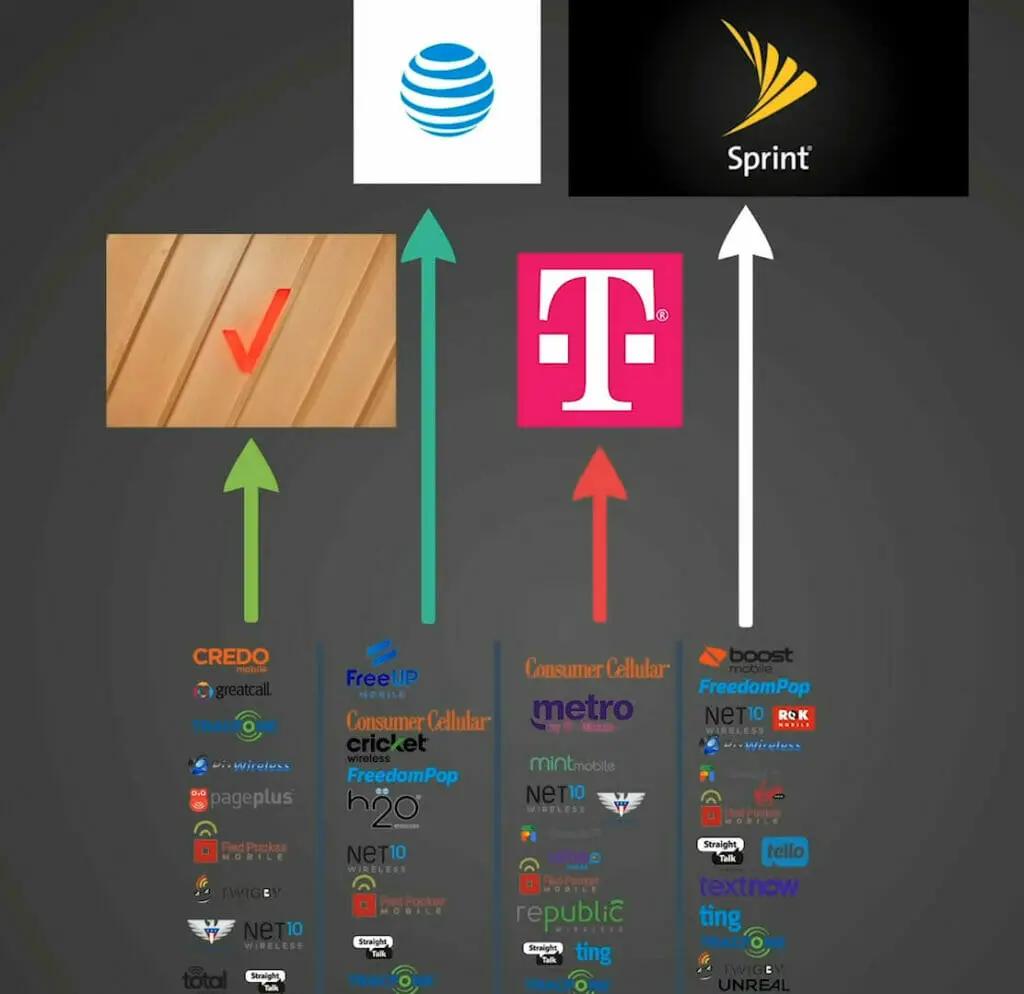
MVNOs: Behind the Scenes
MVNOs are the savvy middlemen of the telecom world, leasing, not owning, network capacity from giants like AT&T and Verizon. Why do these giants cooperate?
MVNOs, the shrewd intermediaries of telecom, lease network capacity from titans like AT&T and Verizon. Their role? Buying up unused capacity, offering competitive rates without the infrastructure costs.
They stand out as resellers by their unique offerings, from budget plans to niche services.
Examples? Cricket Wireless and Metro by T-Mobile. With MVNOs, you deal directly with them, even if they rely on a major network’s backbone.
Interesting tidbit: Big carriers, like T-Mobile acquiring MetroPCS in 2013, sometimes buy out MVNOs but often let them maintain their brand and customer rapport.
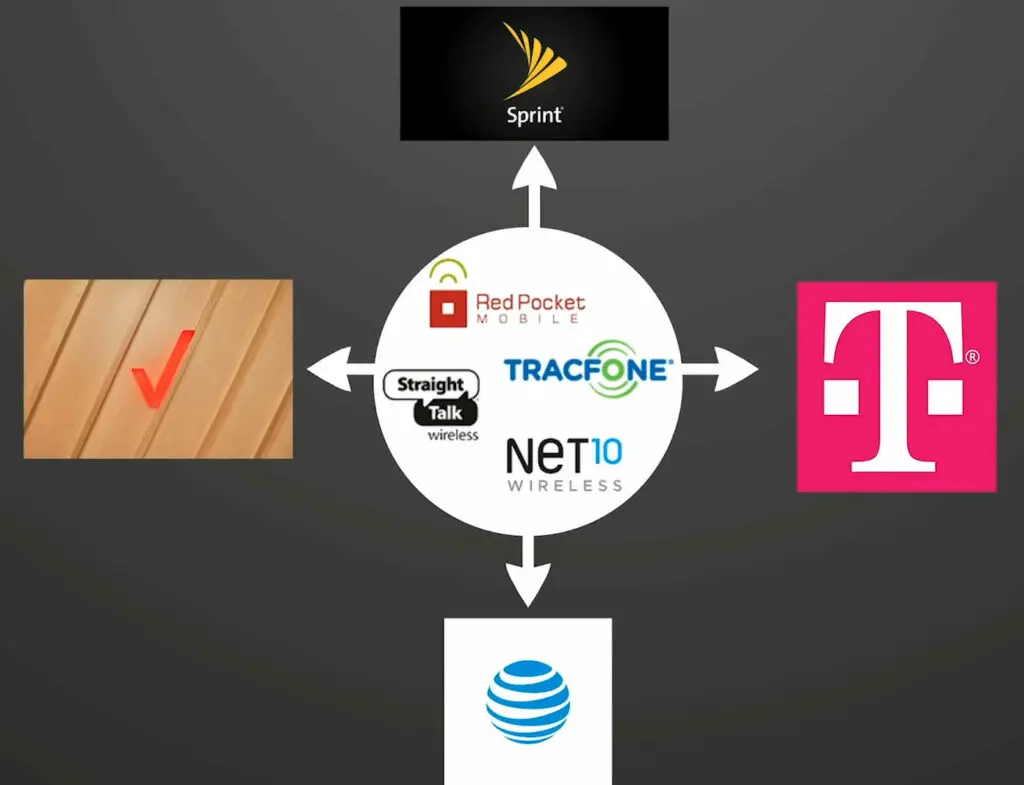
Pros & Cons of MVNOs
MVNOs offer alternative cell service solutions by utilizing the infrastructure of major carriers. While they present unique consumer advantages, inherent challenges come with this business model.
Let’s delve into the pros and cons of MVNOs.
Pros
| Advantage | Explanation |
|---|---|
| Affordability | Cheaper plans as they don’t maintain physical network infrastructure |
| Flexibility | Wide range of customizable plans |
Cons
| Disadvantage | Explanation |
|---|---|
| Priority | Priority often given to main carrier customers |
| Customer Service | Could face long wait times or insufficient support |
| Coverage | Coverage could potentially be spotty |
Comparison: MVNOs vs. Traditional Carriers
In the dynamic world of telecommunications, understanding the differences between MVNOs and traditional carriers can guide consumers in making better buyer choices.
In this section, we’ll comprehensively compare these two types of service providers, shedding light on their unique features, advantages, and challenges.
| Feature/Aspect | MVNOs (Mobile Virtual Network Operators) | Traditional Carriers |
|---|---|---|
| Infrastructure | Do not own infrastructure; lease network space from traditional carriers. | Own and maintain their physical network infrastructure. |
| Pricing | Generally more cost-effective due to reduced operational costs. | Might be pricier due to costs associated with maintaining infrastructure. |
| Contract Flexibility | Primarily offer month-to-month, no-contract plans. | Offer both contract-based and no-contract plans. |
| Service Priority | In times of network congestion, MVNO customers might get lower priority. | Customers typically receive priority during network congestion. |
| Coverage | Dependent on the host network. Coverage might vary based on the agreement. | Wide and consistent coverage, especially in home regions. |
| Data Speeds | Some might experience reduced speeds during peak times due to prioritization. | Usually offer consistent high-speed data. |
| Customer Service | Often prioritize customer service to retain clientele, but experience can vary. | Have established customer service channels, but wait times can vary. |
| Plan Variety | More niche and tailored plans, catering to specific demographics. | Broad variety of plans; can cater to a wide audience but might not be as niche-focused. |
| Brand Recognition | Lesser-known, targeting specific market segments. | Well-established brands with extensive marketing. |
| International Services | Varies; some might offer competitive international rates or roaming. | Typically offer extensive international roaming packages. |
| Additional Features/Perks | Some MVNOs offer value-added features like data rollover or zero-rated apps. | Might offer perks like streaming subscriptions, free hotspots, or early device upgrades. |
| Network Reliability | Reliant on host network’s reliability. | Direct control over network maintenance and reliability. |
Future Trends in the MVNO Industry
Now, let’s focus on what’s on the horizon for the MVNO industry. One thing’s certain: it’s not standing still. Key future trends include:
- Niche Markets: MVNOs are honing in on specific demographics and industries overlooked by traditional carriers, such as packages tailored for gamers or seniors.
- 5G Adoption: As 5G becomes ubiquitous, MVNOs will innovate, potentially venturing into IoT services or augmented reality.
- Customer Experience: MVNOs will differentiate through superior customer service and personalized user experiences.
- Emerging Markets: Regions with growing smartphone use but limited network coverage pose growth opportunities for MVNOs.
- B2B Growth: Companies are partnering with MVNOs for flexible mobile connectivity options for their workforce.

Challenges Faced by MVNOs
Navigating the MVNO landscape reveals not just opportunities but significant hurdles as well.
Key challenges include:
- Competition: With numerous telecom players, differentiation becomes paramount.
- Customer Expectations: Modern customers demand high-quality service without the hefty price tag.
- Infrastructure Costs: MVNOs rely on their host network for infrastructure, which is costly.
| Year | Average Infrastructure Cost for MVNO |
|---|---|
| 2018 | $5 Million |
| 2019 | $6 Million |
| 2020 | $7 Million |
- Regulations: MVNOs must navigate complex regulations, from Europe’s GDPR to Asia’s foreign ownership restrictions.
- Technological Advancements: Innovations like 5G present growth opportunities but demand hefty investments and expertise.

Exploring MVNO Benefits
Wondering what sets MVNOs apart? Here’s a snapshot:
- Cost-Effectiveness: MVNOs skip the expenses of physical networks, translating to savings for you. Check out this comparison:
| Type | Average Monthly Plan Price |
|---|---|
| Traditional Carrier | $80 |
| MVNO | $45 |
See the price gap? It’s noteworthy.
- Flexibility: Unlike many major carriers that tether you to long contracts, MVNOs generally offer month-to-month services, giving you the freedom to change as needed.
- Value-Added Features: Beyond basic communication, many MVNOs throw in perks like data rollover, international roaming, or unlimited data at no extra charge.
- Customer Service: With a smaller clientele, many MVNOs often excel in delivering personalized and prompt customer support.
Choosing the Right MVNO: Key Considerations
Choosing the right Mobile Virtual Network Operator (MVNO) isn’t always a walk in the park. There’s quite a handful to think about before you make that decision. Here are some key factors I’d recommend considering.
| Consideration | Insight |
|---|---|
| Price | While MVNOs often undercut traditional carriers, always check for hidden fees in the fine print. |
| Coverage | Ensure their network, even if borrowed from big names, covers your frequently visited areas. |
| Data Speed | Many MVNOs have data speed caps; assess if these meet your online activity needs. |
| Customer Service | Reviews can hint at the quality of service. Prompt support is invaluable in a pinch. |
| Flexibility | Appreciate MVNOs that avoid long contracts, granting you greater freedom. |
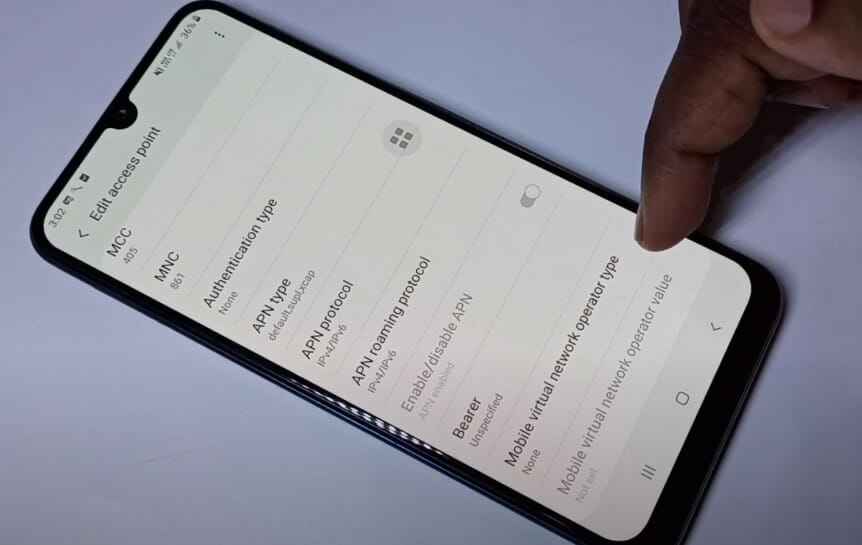
Examples of MVNOs
I’m betting you’re wondering just who these MVNOs are. Well, let’s dive in and check out some popular examples.

- Boost Mobile
- Origin: Australia
- Highlights: Known for unlimited plans and vibrant marketing campaigns. Made a significant impact in the U.S. with their prepaid services.

- Ting
- Approach: Pay only for what you use, ideal for infrequent mobile users.

- TracFone
- Background: In the game since the ’90s.
- Features: Offers simple, no-contract plans focusing on affordability and direct mobile service.

- Google Fi
- Unique Factor: Dynamic network-switching between three top national carriers ensures optimal coverage.
Here’s a quick recap in table form:
| Provider | Origin | Unique Selling Point |
|---|---|---|
| Boost Mobile | Australia | Prepaid Unlimited Plans |
| Ting | Canada/US | Pay only for what you use |
| TracFone | US/Mexico | Affordable no-contract plans |
| Google Fi | Global (Google) | Dynamic network-switch for optimal coverage |
Frequently Asked Questions
How do MVNOs offer cheaper plans than traditional carriers?
- MVNOs don’t have the costs of building and maintaining physical network infrastructure. This allows them to operate with lower overheads and offer services at competitive rates.
Are there any downsides to using an MVNO?
- Some users might experience lower data speeds during peak times or reduced coverage in certain areas. It’s essential to research and choose an MVNO that fits your needs.
Will my phone work with an MVNO?
- Most unlocked phones are compatible with MVNOs. However, it’s a good idea to check with the MVNO provider to ensure your device is supported.
How do I switch to an MVNO?
- After choosing an MVNO, you’ll need to buy a SIM card from them, insert it into an unlocked phone, and follow activation instructions. Transferring your current number is also typically an option.
Is the service quality the same between MVNOs and traditional carriers?
- MVNOs use the same physical networks as the major carriers, so in many cases, the service quality is comparable. However, during network congestion, priority might be given to the main carrier’s customers.
Can I travel internationally with an MVNO?
- Many MVNOs offer international roaming or calling plans, but the offerings vary. It’s best to check with the MVNO provider about their international services.
Do MVNOs provide family or shared plans?
- Many MVNOs offer family or shared plans that allow multiple lines under one account, often at discounted rates.
References
Websites:
- GMSA. https://www.gsma.com/
- MVNOs World Congress. https://tmt.knect365.com/mvnos-world-congress/
- Telecoms.com. https://telecoms.com/
Videos References:
Mobile IQ
WhistleOut
Global Market Estimates Research & Consultants
CeLL
foxNoMad
Ting
Tracfone Wireless
WhistleOut
Axiata Digital Labs
PortaOne

